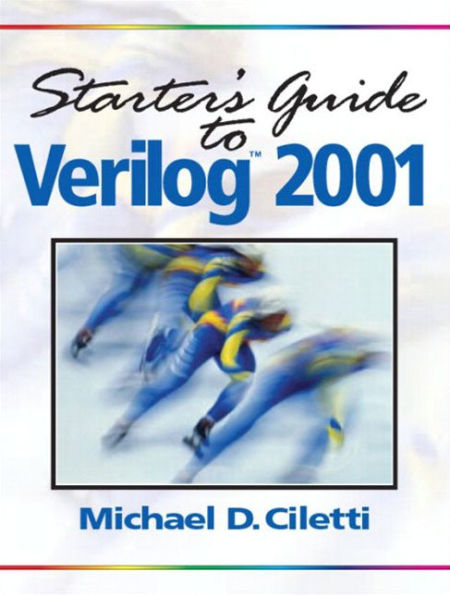5
1
9780131415560


Starter's Guide to Verilog 2001 / Edition 1 available in Paperback

Starter's Guide to Verilog 2001 / Edition 1
- ISBN-10:
- 0131415565
- ISBN-13:
- 9780131415560
- Pub. Date:
- 09/19/2003
- Publisher:
- Pearson Education
- ISBN-10:
- 0131415565
- ISBN-13:
- 9780131415560
- Pub. Date:
- 09/19/2003
- Publisher:
- Pearson Education

Starter's Guide to Verilog 2001 / Edition 1
$126.65
Current price is , Original price is $126.65. You
$126.65
This item is available online through Marketplace sellers.
$118.75
This item is available online through Marketplace sellers.
126.65
Out Of Stock

Product Details
| ISBN-13: | 9780131415560 |
|---|---|
| Publisher: | Pearson Education |
| Publication date: | 09/19/2003 |
| Edition description: | New Edition |
| Pages: | 256 |
| Product dimensions: | 7.00(w) x 8.90(h) x 0.70(d) |
From the B&N Reads Blog

